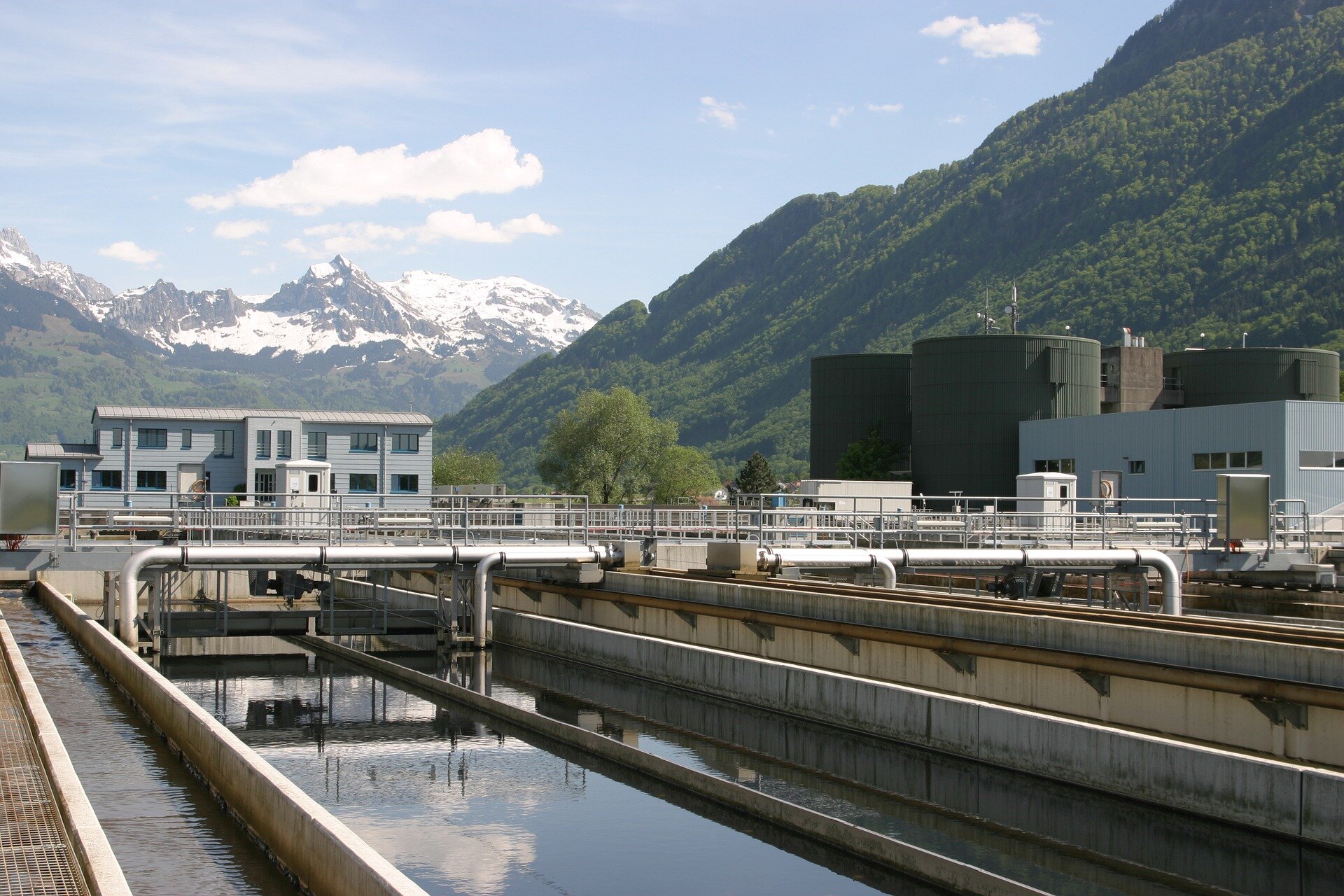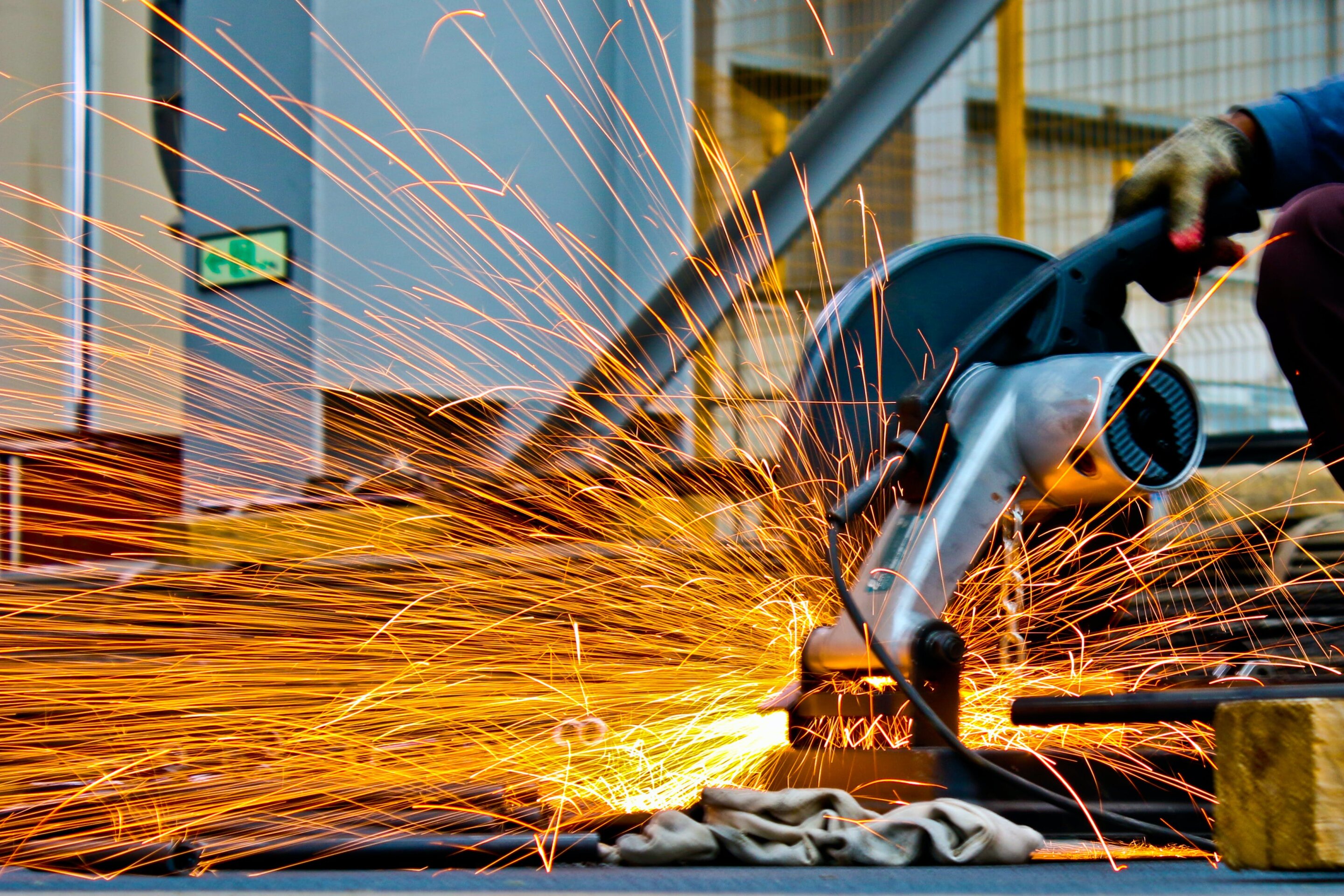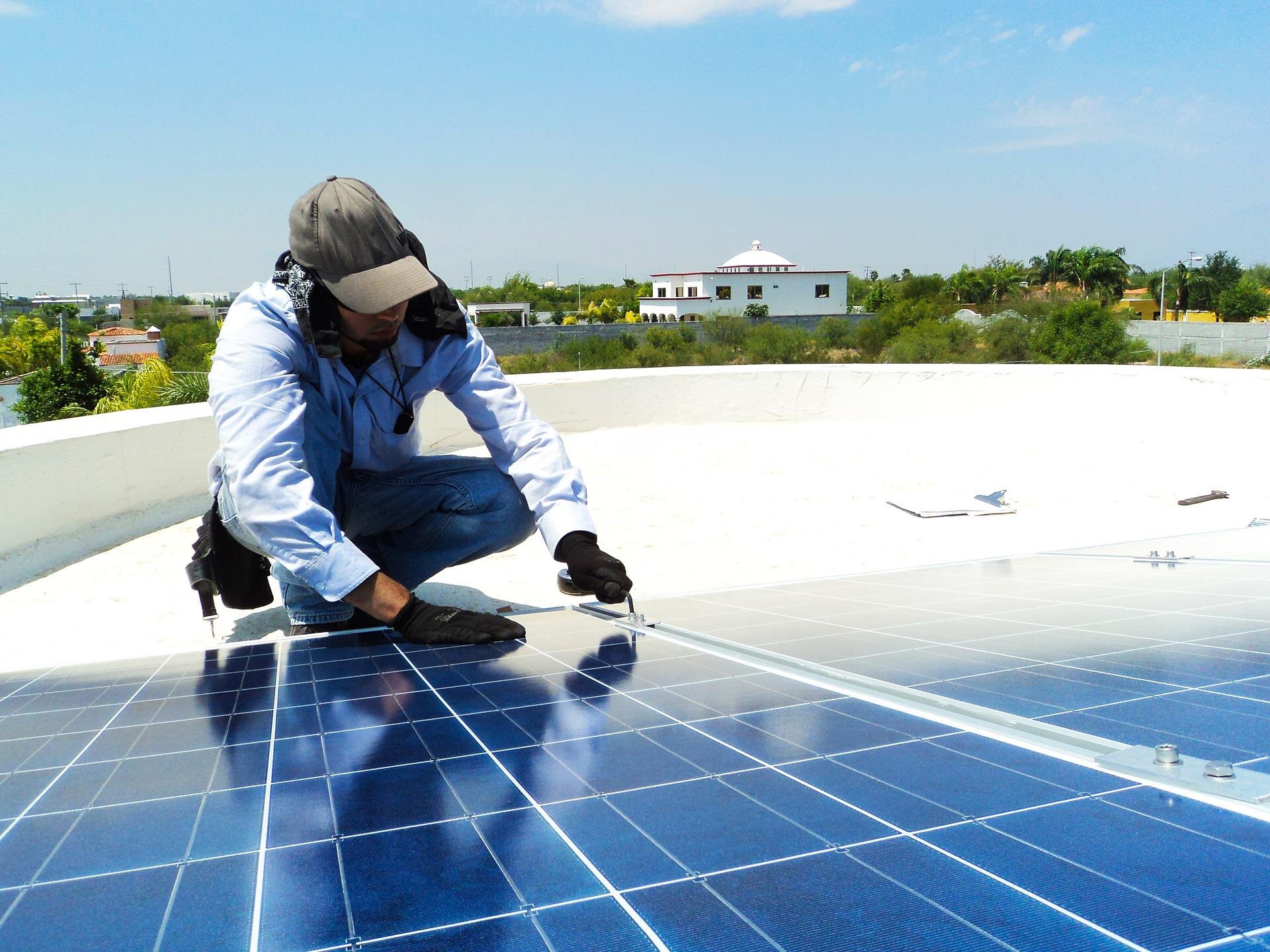- Hurricane Helene makes landfall in Florida, moves to Georgia: What we know
- Independent journalist publishes Trump campaign document hacked by Iran despite election interference concerns
- 10 things to watch in the stock market Friday including a bullish call on Best Buy
- Why JPMorgan Chase is prepared to sue the U.S. government over Zelle scams
- Key Fed inflation gauge at 2.2% in August, lower than expected
What do you believe is the single most important factor driving up the cost of living in Nigeria?

Scientists simplify design and servicing of vanadium flow batteries to balance power grid
Skoltech scientists have presented a model that facilitates the design and operation of vanadium redox flow batteries. These are large-scale storage units for electrical power that promise to play a major part in the energy transformation and are already used by utilities in China, Germany, and the U.S. to even out peak demand on the energy grid.
This technology—or a similar solution—will be indispensable for the widespread adoption of electrical vehicles and renewable power, as well as boosting the efficiency and security of nuclear power plants and providing adequate backup power to critical infrastructure. The study is published in the Journal of Power Sources.
"Flow batteries are a type of chemical energy storage not fundamentally different from lithium-ion and other batteries. The basic components are the same: two electrodes and a medium, called the electrolyte, that facilitates the transfer of ions. But rather than on the electrodes, the chemical reaction providing energy occurs in the liquid electrolyte," said the paper's lead author, Senior Research Scientist Mikhail Pugach from Skoltech Energy.
"From a practical standpoint, flow batteries are much bulkier and heavier than conventional accumulators, so they are not suitable for portable devices. That said, they offer great capacity, longevity, and adaptability for grid-scale storage. Besides, they can be rapidly recharged, create no fire hazards, and rely on raw materials sourced from Russia. And vanadium is fairly easy to recycle," the researcher added.
Vanadium flow redox batteries are the most advanced technology employed by utility companies for such large-scale power storage. It allows the energy producers to even out the surges in demand for electricity caused by simultaneous use of air conditioners and the like.


- September 27, 2024
'Coolcations' had another big summer. Here are the places travelers went


- September 25, 2024
Innovative electrolytes could transform steelmaking and beyond





- September 22, 2024
Shoprite's 'brave' bleach bottle and a cool beehive win recycling awards

- September 25, 2024
Restarting nuclear power plants: the unprecedented gamble in the US
Subscribe to our mailing list to get the new updates!

Subscribe our newsletter to stay updated
Thank you for subscribing!




